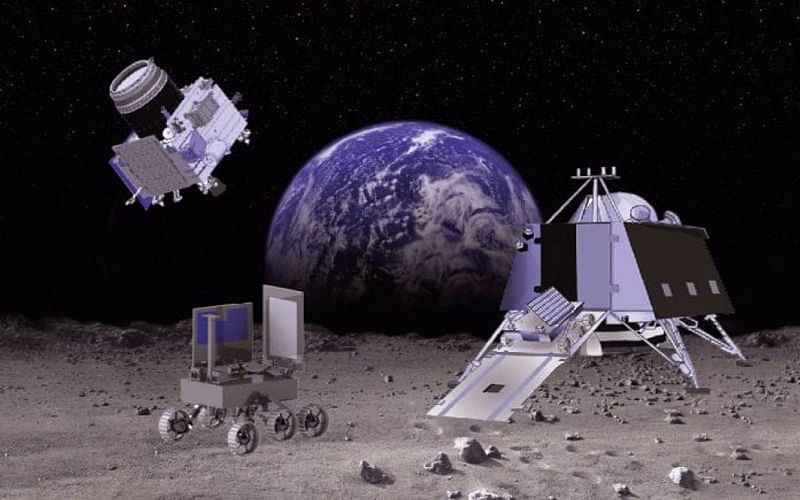Former chairman of Isro A S Kiran Kumar on Thursday described the Chandrayaan-2 mission as a success, despite the loss of the Vikram lander on the lunar surface.
“Yes, there is sadness because we came so close to making a landing on the moon, but the mission itself cannot be called a failure because, for one, it is still ongoing,” Kumar said, speaking at the convocation of IISc.
By this, Kumar indicated that the Chandrayaan-2 orbiter, which is still circumnavigating the moon, will continue to do so for another 12 months at least.
“What most people don’t realise is that the primary aim of the mission, which is to find water on the moon is still ongoing because of the powerful range of sensors and equipment carried by the orbiter,” he explained, adding that while the same instruments were carried by Chandrayaan-1 in 2008, that the current generation is more advanced.
One of those instruments is the Moon Mineralogy Mapper which has a spectral range
of 5 microns, up from the range of 3 microns of the mapper deployed earlier aboard Chandrayaan-1.
“As a result of this, we will be better able to detect minerals and map their composition, while also determining water vapour absorption on the lunar surface,” he said.
Another improved instrument aboard Chandrayaan-2 is the dual-frequency synthetic aperture, which Kumar described as being the first of its kind sent into space. “With this instrument, we will be able to investigate permanently shadowed regions to see if water vapour is present,” he said.
The M3 instrument can directly measure the way ice molecules absorb infrared light, allowing it to differentiate between liquid water, vapour and solid ice. Nasa scientists have said that they believe the ice, which never rises above -156.6°C is ancient because it lies in the shadow of lunar craters where it possibly never melts.
Kumar said that the organisation was too busy to dwell on any hints of failure, with its ongoing and busy programme of launching satellites and with its focus now turning on the manned mission.
